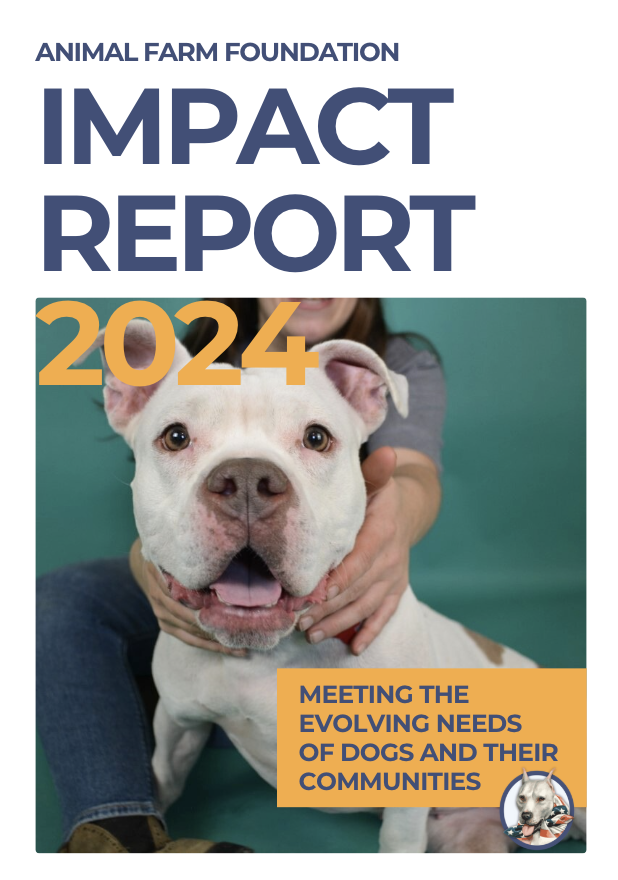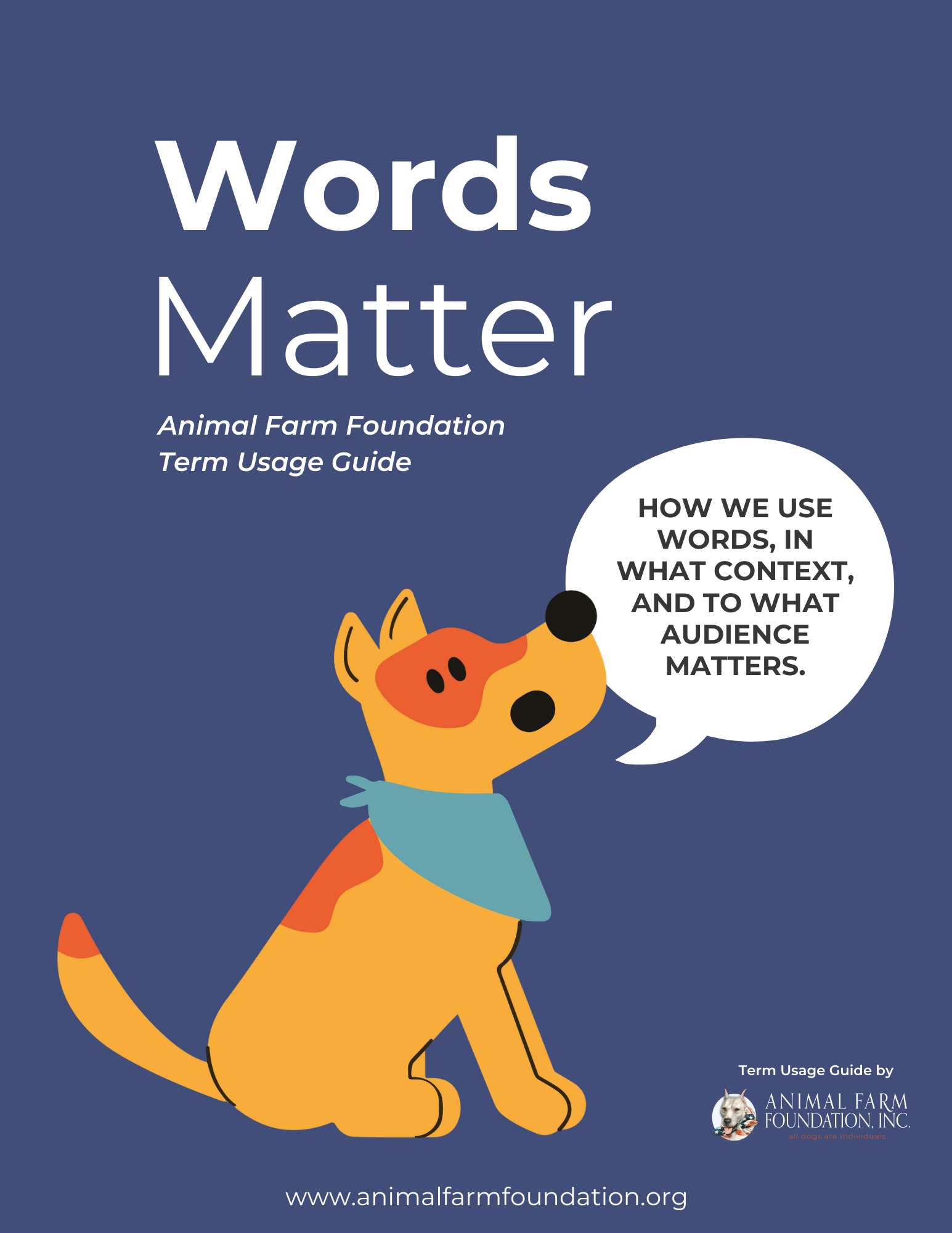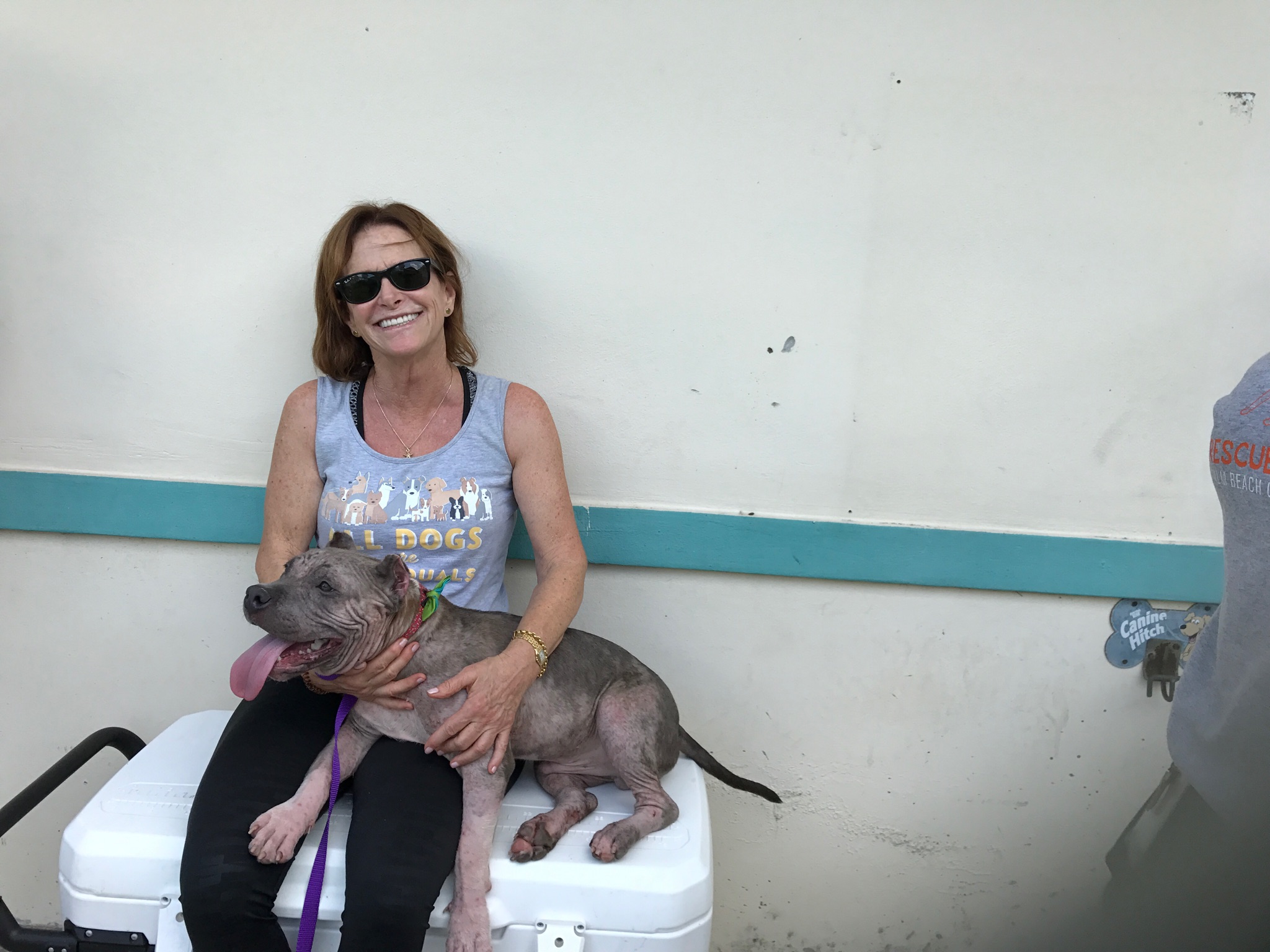The insurance industry tried to stop Nevada Senate Bill 103, but legislators saw through their misinformation campaign.
Insurance companies in Nevada are no longer able to deny people insurance based on what their dog looks like thanks to the passing of Senate Bill 103.
Prior to this bill passing, the American Property Casualty Insurance Agency sent a letter to the Nevada legislature in which they doubled down on their “right” to deny families housing insurance. The letter was riddled with errors, full of misrepresented data from legitimate resources, as well as disinformation gathered from tabloid websites. Their efforts to continue breed bans, which are really nothing more than a covert form of redlining, ultimately failed because there is no reliable, science-based data that supports the stereotype that specific breeds of dogs are more dangerous than others.
LET’S GO OVER SOME OF THE MISINFORMATION THEY ATTEMPTED TO PASS OFF AS FACT:
APCIA Misinformation: Breed determines behavior
Modern Canine Behavior Science:
This statement continues to be incorrect and continues to exhibit APCIA’s woeful misunderstanding, or perhaps purposeful distortion, of canine behavior science. Not pedigree, physical appearance, nor a breed label assigned on the basis of a guess, predict a dog’s behavior. The mapping of the canine genome has shown that the genes which determine physical appearance do not necessarily influence behaviors of interest to insurers. The best predictor of future behavior is past behavior.
This accepted principle of canine behavior science is also consistent with Nevada’s other relevant dog control statutes. And it is true for dogs and for dog owners.
APCIA Misinformation: “Each year, there are an alarming number of … fatal attacks against humans by certain breeds of dogs.”
Statistical Reality:
While any death is an alarming tragedy, statistically, you are more likely to be struck by a moving vehicle while walking across the street than you are to die from a dog bite-related fatality.
There were only 38 DBRFs in 2018.

APCIA Misinformation: The majority of fatalities are caused by a small number of breeds.
Modern Canine Behavior Science:
The APCIA cites a 25 year old CDC study for this claim, but leaves out quite a bit of context. The CDC no longer tracks dog breeds in relation to dog bite related incidents because it does not view them as relevant. The study itself alludes to this:
“Although some breeds were disproportionately represented in the fatal attacks described in this report, the representation of breeds changes over time. As a result, targeting a specific breed may be unproductive; a more effective approach may be to target chronically irresponsible dog owners.”
More importantly, this study is out of date. We have a much deeper understanding of canine behavior and genetics than we did 25 years ago.
Canine behavior science continues to evolve the more we learn about the canine genome and subsequent policies and legislation should evolve with contemporary wisdom. The APCIA would rather keep the insurance industry bound by an inaccurate and out-of-date study that not even the researchers view as valid anymore.
To be clear, this is not a case of someone not realizing they are using bad data or unknowingly leading people astray from the truth. The APCIA is intentionally attempting to mislead lawmakers and the public.
LET’S LOOK AT ONE OTHER CLAIM THE ORGANIZATION MADE:
APCIA Misinformation: The number of dog bite incidents are why the insurance industry needs breed bans.
“Dog bites pose a serious health risk to our communities and society. More than 4.5 million people are bitten by dogs each year in the United States, and more than 800,000 receive medical attention for dog bites, according to the U.S. Centers for Disease Control (CDC). At least half of those bitten are children. Here are more dog bite facts: • Almost 1 in 5 people bitten by dogs require medical attention. • Children are the most common victims of dog bites and are far more likely to be severely injured. • Most dog bites affecting young children occur during everyday activities and while interacting with familiar dogs.”
Modern Canine Behavior Science:
The APCIA copy and pasted the above from the American Veterinary Medical Association’s (AVMA) website. What they conveniently left out was the paragraph directly below the above statement:
“Any dog can bite: big or small, male or female, young or old. Even the cuddliest, fuzziest, sweetest pet can bite if provoked. Remember, it is not a dog’s breed that determines whether it will bite, but rather the dog’s individual history and behavior.”
This shows that the APCIA does not simply misunderstand science, but rather they refuse to give up on disproven stereotypes to such an extent that they knowingly misconstrued and cherry-picked the information they provided to Nevada legislators. Other data they provided was not fact-checked. This is lazy behavior and shows exactly why insurance consumers need to be protected from the insurance industry. Their actions regarding this issue show that they struggle with facts and, quite frankly, honesty.
Read the full letter the APCIA sent to Nevada legislators.






